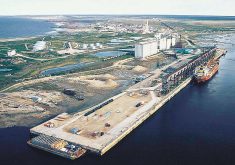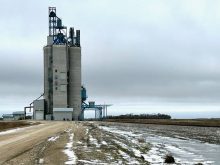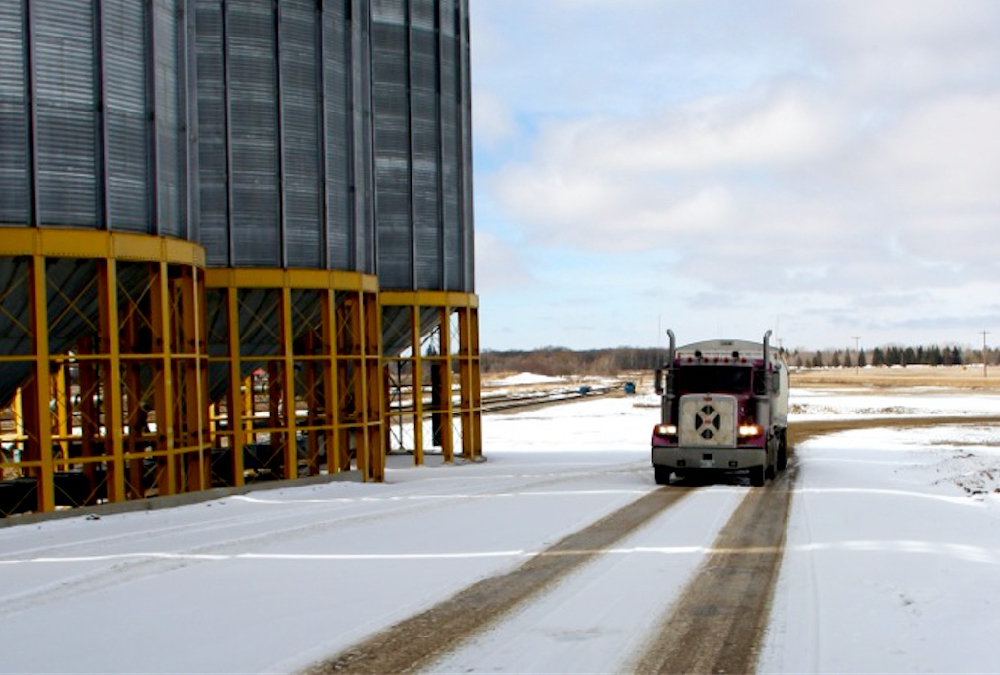When the railways start replacing hopper cars as expected if the Transportation Modernization Act becomes law, western farmers will pay more, in total, to ship grain to export.
That’s because the maximum revenue entitlement (MRE) will be adjusted to pass on the purchase costs to shippers and ultimately farmers.
Most farm and shipper groups agree that the aging car fleet needs replacing. But some farm groups argue they are likely already paying their fair share and more to ship grain because the MRE is based on rail costs that haven’t been fully updated since 1992.
The Canadian Transportation Agency adjusts the MRE annually to reflect higher railway costs, as well as the volume and distance of grain hauled. But the formula hasn’t been adjusted to reflect increased railway efficiency — much of it achieved by cutting branch lines and replacing old, small elevators with fewer larger and faster car-loading ones.
The railways have also invested billions of dollars to be more efficient, resulting in longer trains and faster car cycle times.















